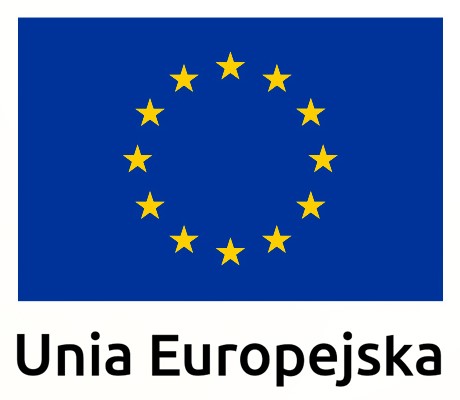Innovation in flexible packaging - ecology and recycling – a review of the newest trends

Current business trends, legal requirements and clients’ expectations persuade a lot of companies to take action to reduce the negative impact that the economic activity has on the environment. However, many of products require - so called - flexible packaging. As you will read below, although very popular and, in some case, necessary, they can be quite demanding, when it comes to restoring them. Because of this, various procedures and modern technologies are developed to reduce their impact on the nature. Learn more about the newest flexible packaging trends!
What are flexible packaging?
As the name suggests, the packaging is characterised by its flexibility. They can be produced from different materials – until recently mostly from artificial ones (including their combinations), now – paper and more. The thing that gives them the advantages is the possibility of forming them in almost any shape, in contrast to other packaging types.
Their basic function include: securing whole batches of articles from demaging, for example druing transport, as well as protection from outside factors (which stems from the fact that they are easy to seal). Prints with product markings and information are placed on them.
Examples of such packagings are, among others:
- foil bags
- doypack bags
- blisters
- strech films
- nets for vegetables or fruit.
Flexible packaging – difficult to recycle
Although necessary in many cases, those articles cause trouble in reprocessing and restoring materials from them. The problem rises, because of the fast growing amount of flexible packaging. Often used only once, they end up in landfills or find their way through to the environment, instead of recycling points. It is worth noting that in Europe only 8% of all flexible packaging are restored. Fortunately, the problem is becoming more and more recognised now. That is why ways of dealing with it have been developed in recent years.
How to deal with flexible packaging - current trends
Modern technologies allow the production of more sustainable materials, as well as creation of effective recycyling methods. But new solutions reach not only companies producing flexible packaging, but also their consumers. What are the current eco trends in this field?
Read also:
Monomaterials and the changes in label and packaging business
Efficient recycling of packaging
One of the biggest challenges was the recovery of the raw materials used to make these articles. This is due, among other things, to the fact that various types of laminates were often used.
Their nature made the recycling of flexible packaging difficult and unprofitable. That is why the recent trend consists of gradually replacing combined materials for one type of plastic. Additionally, more and more collecting, sorting and processing centres are being built, inluding the ones from food manufacturers innitiatives, such as Nestlé.
Modern sorting methods – BOSS system
Methods to recover raw materials from combined materials are also constantly being developed. This is made possible, for example, by the Baffled Oscilation Separation System (BOSS) technology. Water is used to filter out the different fractions, with some plastics falling to the bottom and others floating on the surface. In this way, plastics that are later reused can be separated in a short time and efficiently.
Production of flexible packaging made from compostable materials
One of the most important trends in producing of such products is the use of plastics derived from natural raw materials that can be recycled or go into compost. This includes cellulose, which is used to make not only paper, but also films. Other biodegradable flexible packaging materials include, for example, corn starch and polyhydroxyalkanes.
Be eco-friendly! Choose eco-friendly packaging for your company
More and more methods for making the product more eco-friendly are being developed. What is more – the consumers themselves know the ways to reuse the bags and wraps etc. through upcycling – making use of them for other purposes. When you choose flexible packaging, you can also make them visually pleasing by commisioning us to print on them, including the marks concerning the way of selection. This will certainly encourage your customers to treat them differently from ordinary waste. Check out our offer now!
back








